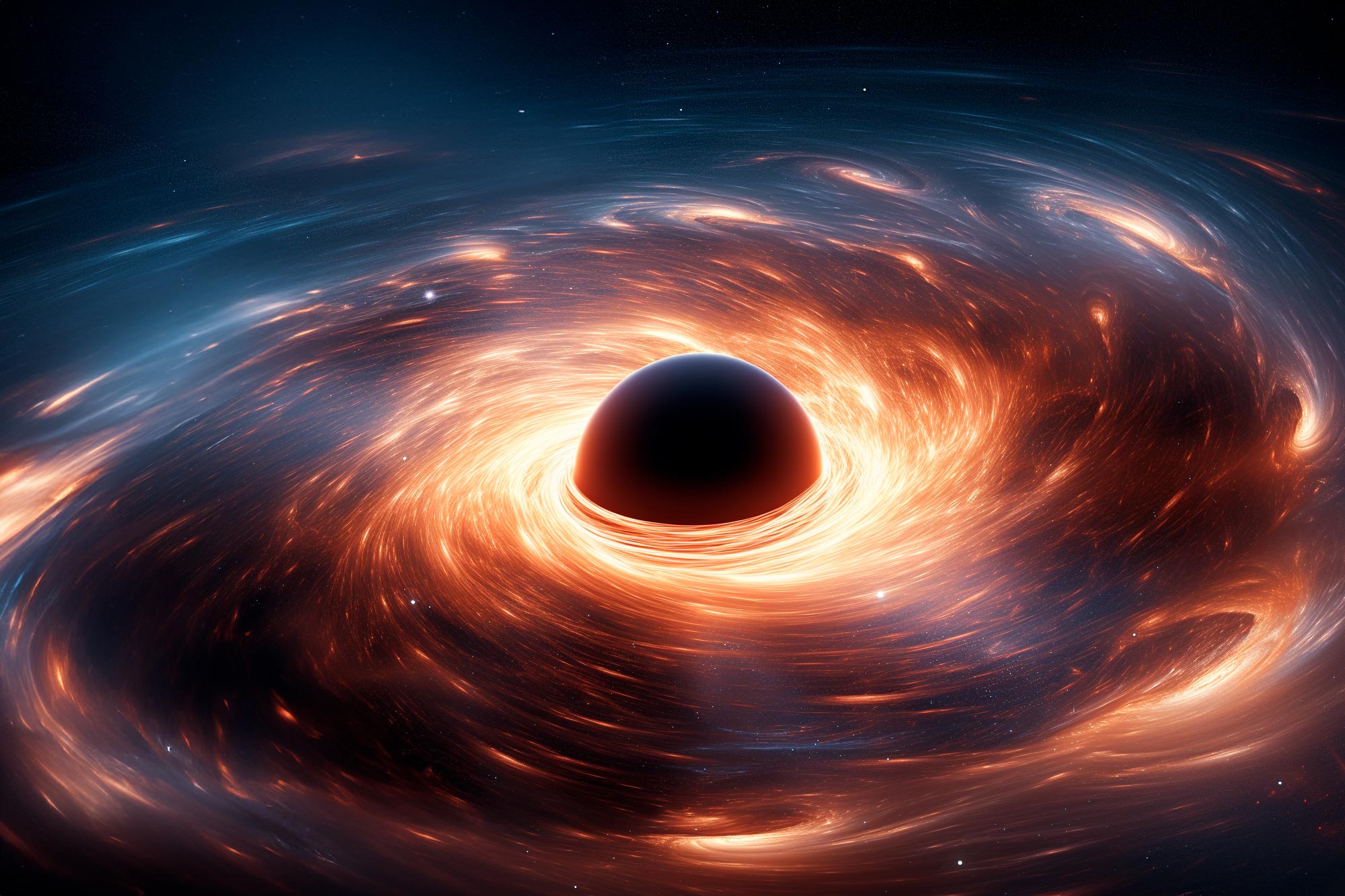A recent study published in Astronomy & Astrophysics has cast doubt on the previously claimed discovery of an intermediate-mass black hole at the heart of Omega Centauri. Earlier research had suggested that a black hole with a mass approximately 8,200 times that of the Sun resided in the core of the star cluster, influencing the movement of surrounding stars. However, following a closer reanalysis of the data, scientists now argue that the observed stellar velocities might instead be the result of a cluster of smaller, stellar-mass black holes. Justin Read, a physicist at the University of Surrey, remarked that the possibility of an intermediate-mass black hole being present is now unlikely, with estimates suggesting its mass might be under 6,000 solar masses.
Intermediate-mass black holes are theorized to lie between stellar-mass black holes and the supermassive black holes found at the centers of galaxies. These objects are crucial for understanding the process by which black holes grow, yet their existence remains speculative. Their gravitational influence is thought to accelerate nearby stars to high speeds, which initially led researchers to propose the presence of such a black hole in Omega Centauri. However, the revised study now points toward an alternative explanation, as the gravitational effects could instead be attributed to a cluster of stellar-mass black holes within the dense region.
To refine their analysis, the researchers incorporated data from pulsars, which are highly magnetized, rotating neutron stars emitting beams of radiation that can be detected on Earth as periodic pulses. These pulsars, found within Omega Centauri, allowed the scientists to measure the gravitational field of the cluster with greater precision. Variations in the pulsar signals offered new insights into the dynamics of the star cluster, leading the team to conclude that the gravitational effects on star velocities are more likely to stem from the collective presence of stellar-mass black holes rather than a single intermediate-mass black hole.
This study highlights the ongoing challenges in detecting and confirming intermediate-mass black holes. Despite the revised findings, the research contributes valuable information to the field of astrophysics, improving the methods used to search for and understand these enigmatic cosmic objects. As technology and observational techniques continue to evolve, future investigations will likely bring even clearer answers regarding the nature of the mysterious objects in star clusters like Omega Centauri.










